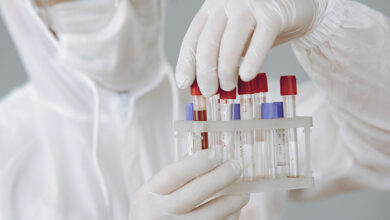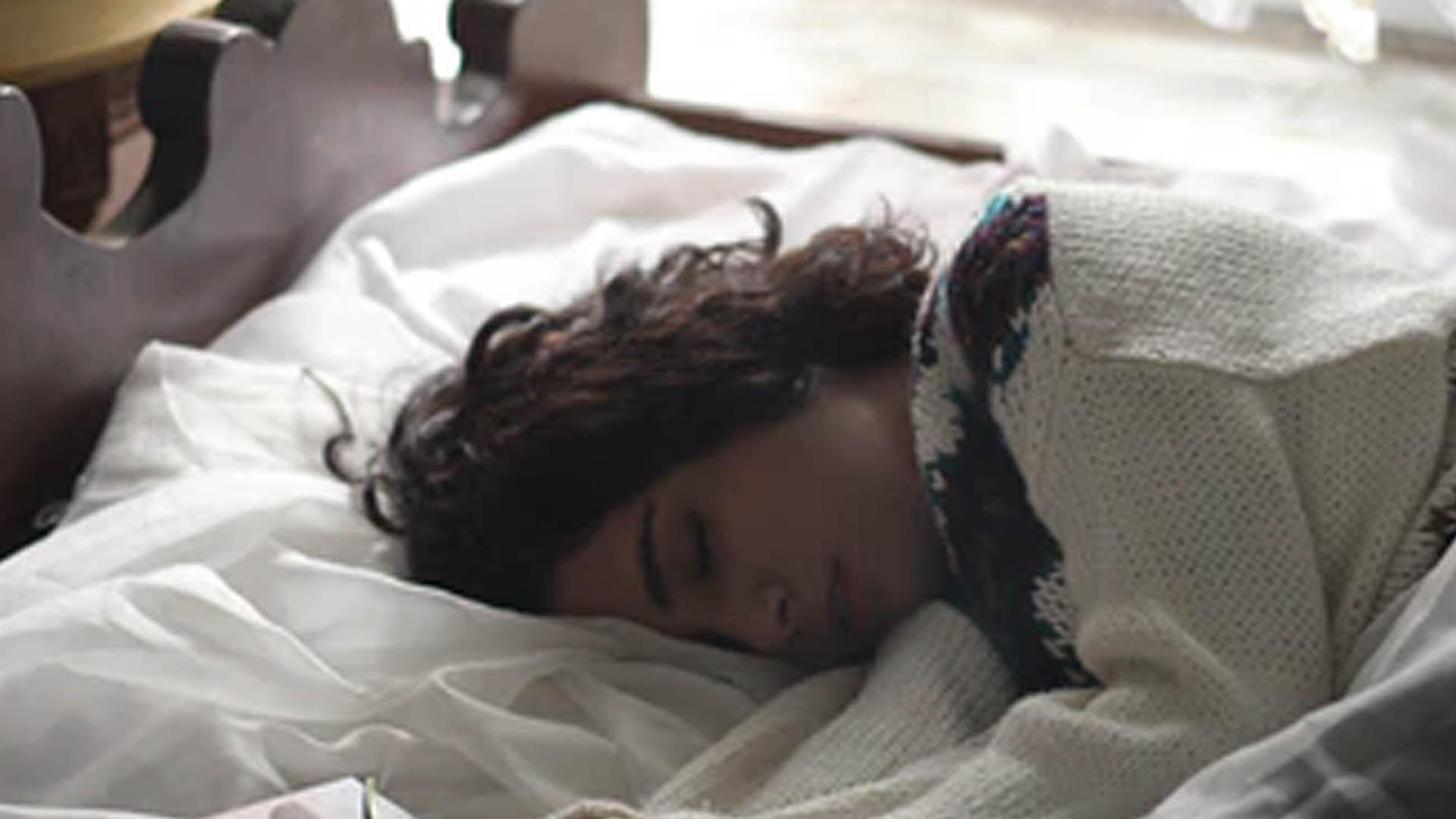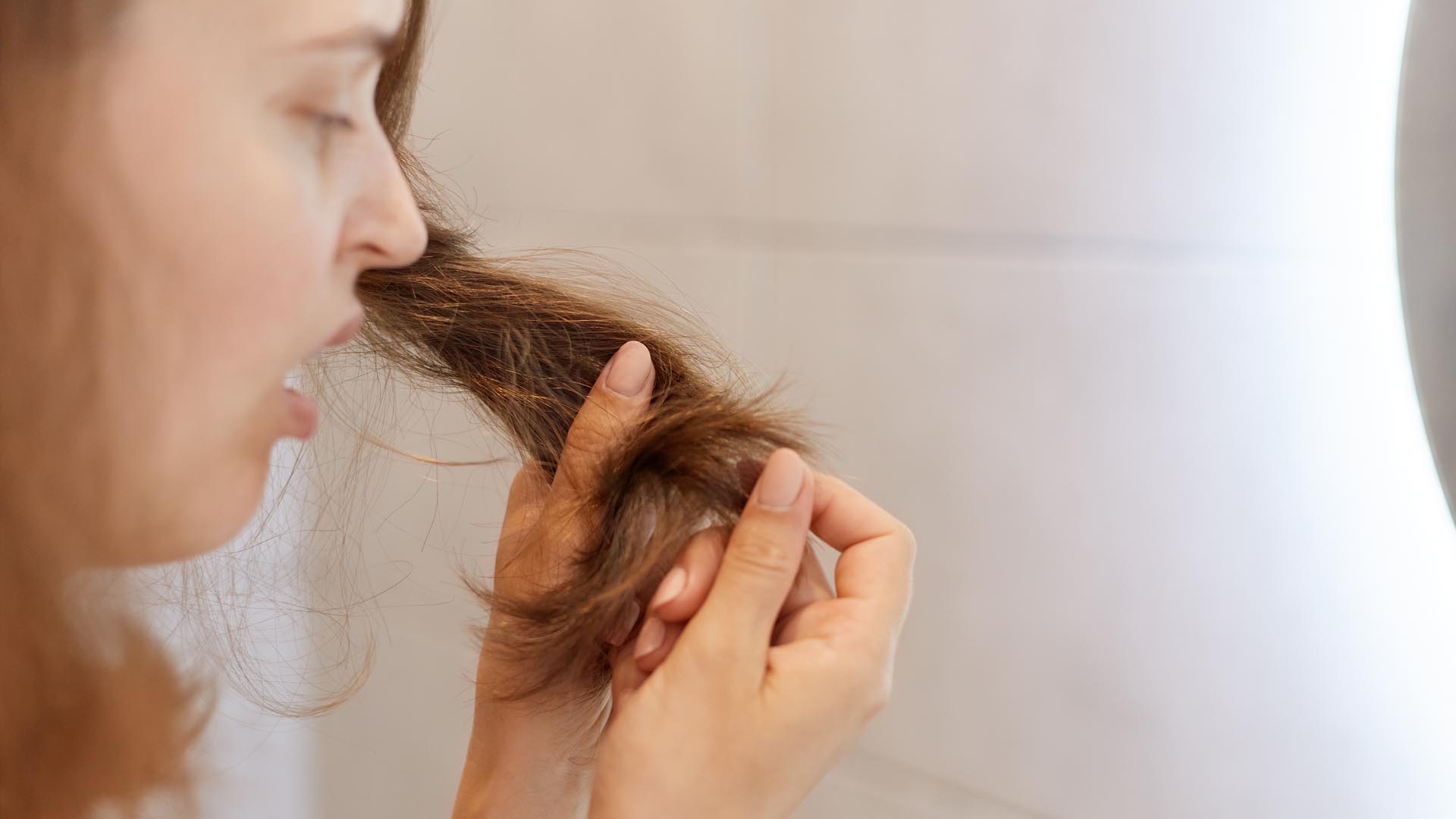10 Reasons to Love Physiotherapy

Some medical disorders or affliction can limit one’s quality of life, for example, the ability to move, exercise or play your favorite sport. Physiotherapy is beneficial to people of all ages, it helps them to recuperate from the illness and emphasize activities and a healthy lifestyle that will encourage healing and hinder further injury. With the increased number of trained physiotherapists in UAE, it is easier to get treatment for an injury, disability or disease. However, before treatment, you have to go through a process to determine the type of therapy you will receive and the duration it’s going to take.
The Diagnosis Process
Physical therapists go through the journey of recovery together with the patient: from diagnosis to the restorative and preventative stages. The following are some of the activities that take place at the physiotherapist’s office:
- The physical therapists will guide the patient to take a physical analysis and evaluation – this will also include medical history. Definite testing methods such as assessment of posture, the fluidity and mobility of skeletal muscles and socket- joint motion are also tested.
- After the physical exam, the patient is given the diagnosis, the process of therapy to be undertaken, and the objectives expected in the end.
- The patient receives physical therapy as determined by the outcome of the physical evaluation and diagnostics. To make the therapy more productive, patients choose exercises they can do on their own.
Types of Physical Therapies

Different conditions can be treated using a variety of therapies. A physical therapist will determine the most suitable treatment for a patient. These include:
- Neurological physical therapy is used to treat people who have suffered from olfactory disorders like cerebral palsy, brain injury, multiple sclerosis, Alzheimer’s, and Parkinson’s disease.
- Geriatric physical therapy helps patients with diseases and weaknesses that affect the movement and physical functions such as arthritis, Alzheimer’s disease, hip and joint surgery, and osteoporosis.
- Orthopedic physical therapy treats skeletal injuries that affect bones, ligaments, tendons, and fascia. It is effective for treating sprains, fractures, tendonitis, bursitis, chronic medical conditions, rehabilitation or recover from orthopedic surgery.
- Wound care physical therapy may include manual therapies or electric stimulation to make sure that a healing wound receives adequate oxygen and blood by improving circulation.
- Decongestive therapy helps patients with lymphatic and other diseases related to fluid accumulation to drain the excess fluid.
Others
Other types of physical therapy include:
- Thermotherapy
- Phototherapy
- Electric stimulation
- Ultrasound to encourage the flow of blood
10 Reasons to Love Physiotherapy
Physical therapy not only treats certain conditions, but it also helps to improve overall health and lifestyle as outlined below.
- Reducing and getting rid of agony. Physiotherapists use movements and manual techniques, for example, joint and soft tissue mobilization, treatments such as ultrasound to reduce agony and revive muscle and joint operation. These therapies alleviate pain completely.
- In some cases, physical therapy is as effective as surgery and it is not life threatening. If surgery is necessary, the patient can benefit from pre-surgery therapy which helps them to respond well to the treatment and recovery.
- Physiotherapy can help to control diabetes and vascular conditions through lifestyle change, for example, through exercise rather than taking drugs. Physiotherapists can recommend the best exercises to control glucose levels in the blood and achieve appropriate weight.
- After a stroke, patients lose some functions and movements; however, physical therapy helps the patients to relearn and train their healthy brain cells to control the parts that are affected.
- Certain conditions that come with age such as arthritis can be managed through physiotherapy. It also helps patients to recuperate from joint replacement and osteoporotic conditions.
- Physical therapists help athletes recover and prevent sports injuries by creating plans that will ensure a smooth transition back to the game.
- It improves balance and prevents falls which may cause fractures. Physiotherapy helps you to adjust and maintain your position as the center of gravity shifts. Therapists help with exercises that correct coordination that ensures safety.
- Patients who experience cardiovascular and pulmonary disease can benefit from physiotherapy in a number of ways: inhaling and exhaling exercises help to reduce shortness of breath and help in the clearance of phlegm while physical exercises help to keep active and fit. Physiotherapists also advise on how to use inhalers and nebulizers.
- People who may experience difficulties in mobility and standing can use stretching and strengthening exercises. Therapists can either recommend the use of a cane, crutches or they may asses you for orthotic guidance.
- Women face several concerns that can be managed by physiotherapy, for example, Premenstrual syndrome treatment may include manual therapy that relieves tension as well as constipation and headache. In endometriosis, therapy is conducted before and after surgery.
Several conditions such as arthritis cause a lot of agony; however, physiotherapy is a great way to cope with this. Remember to consult a physiotherapist before embarking on any therapy to avoid injury.




